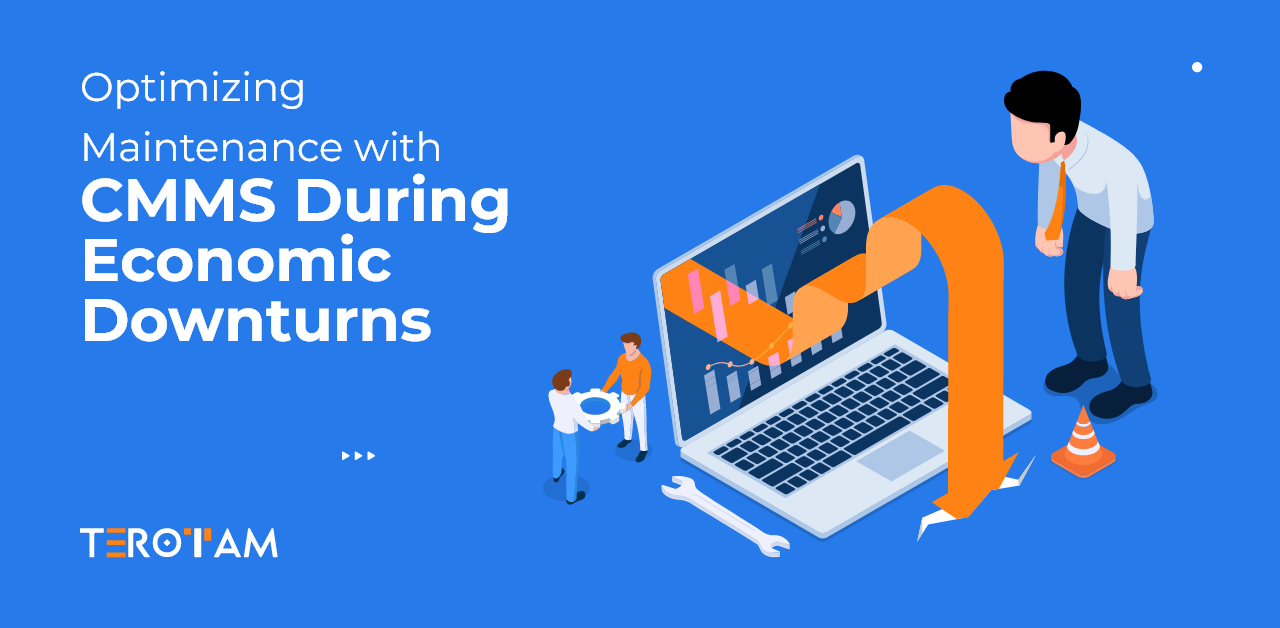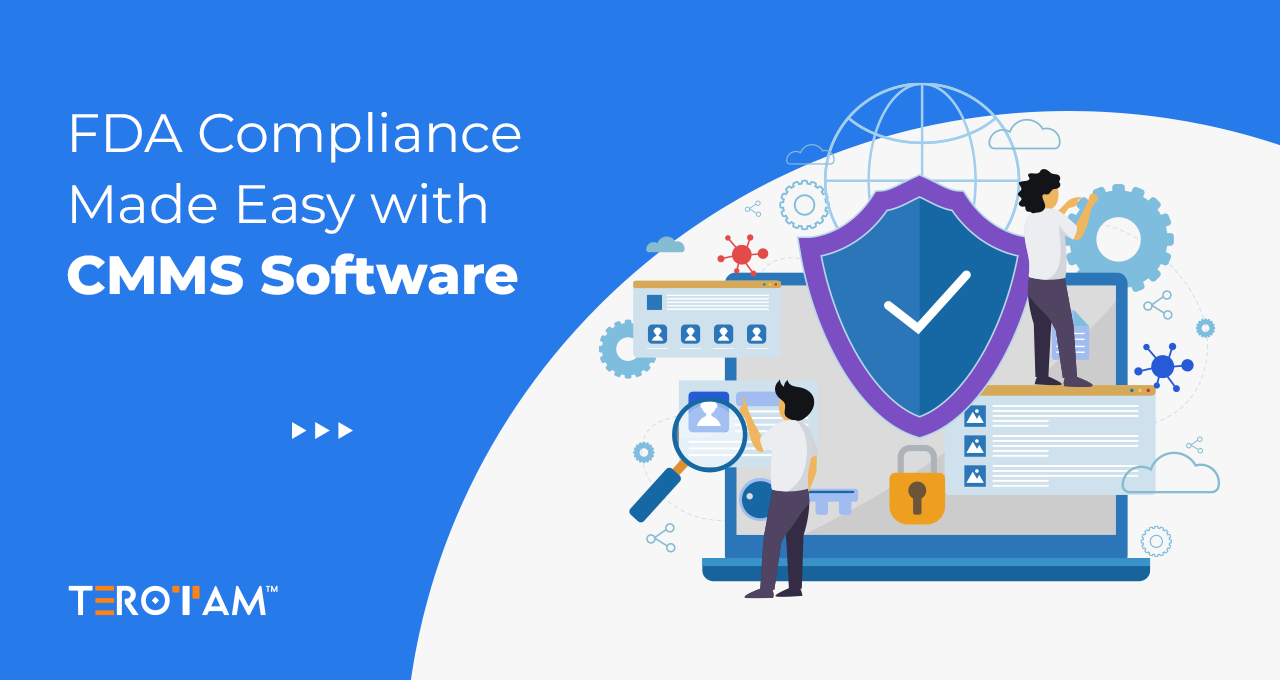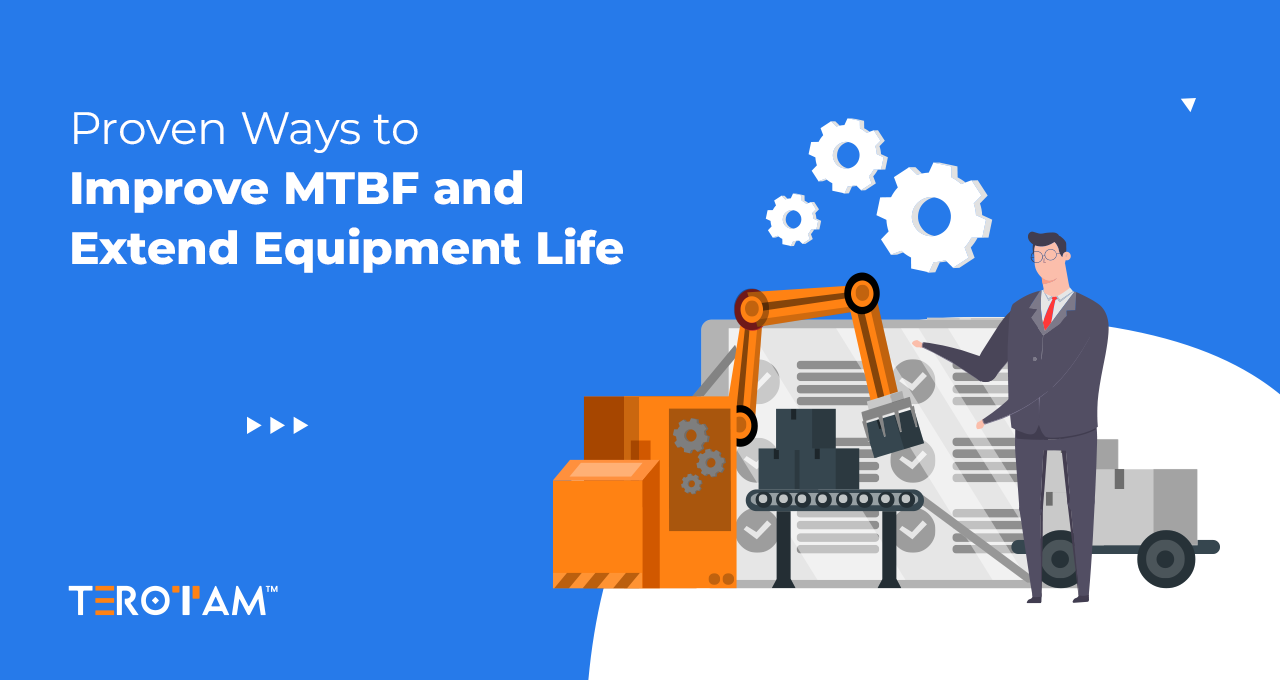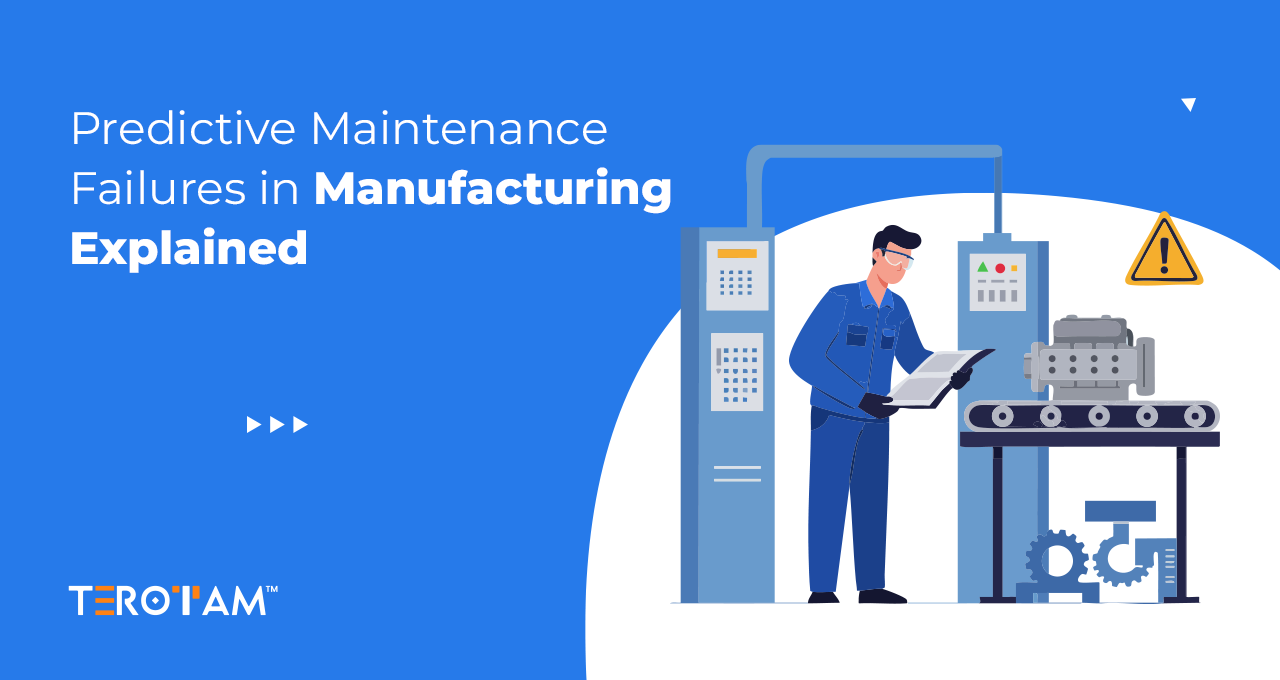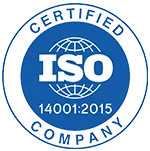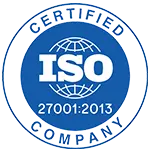Economic downturns create significant challenges for organizations managing physical assets. Reduced revenues often lead to budget constraints, forcing companies to rethink their maintenance strategies. In such environments, traditional maintenance approaches—relying on manual scheduling, reactive repairs, and fragmented record-keeping—can become inefficient and costly. Without streamlined systems, maintenance teams struggle to optimize workflows, allocate resources effectively, and prevent equipment failures that disrupt operations.
Computerized Maintenance Management Systems (CMMS) offer a solution tailored to these challenges. These systems centralised maintenance data, automate scheduling, and provide real-time insights into asset health and work progress. Implementing CMMS enables organizations to maintain control over maintenance activities, reduce unplanned downtime, and make data-driven decisions that protect asset value even when resources are limited.
This article explores how economic trends impact preventive maintenance practices, why investing in CMMS software becomes critical during financial stress, and which factors organizations should consider when selecting a CMMS provider. The goal is to provide a clear understanding of how CMMS can enhance maintenance management and sustain operational stability throughout economic downturns.
Understanding economic trends and their impact on organizations’ preventive maintenance
Economic downturns affect budgets and operational strategies across all industries. Reduced revenue and tighter cash flow force companies to rethink spending, and maintenance budgets often face cuts. This approach might seem practical, but it comes with risks that can have long-term consequences.
- Maintenance deferral risks: When maintenance tasks are postponed or canceled, equipment is more likely to fail unexpectedly. Emergency breakdowns can halt production lines, cause delays, and increase repair costs far beyond scheduled upkeep expenses.
- Shortened asset lifespan: Skipping preventive maintenance accelerates wear and tear on machines, forcing early replacements or major overhauls that strain already limited funds.
- Safety concerns: Neglecting routine inspections can create unsafe working conditions, risking employee injuries and legal liabilities.
- Reduced operational efficiency: Equipment that isn’t regularly maintained tends to perform below optimal levels, leading to energy waste, lower output quality, and higher operational costs.
In uncertain economic times, organizations need to maintain a delicate balance—cutting unnecessary expenses while keeping maintenance strong enough to avoid costly failures. Understanding this balance allows businesses to prioritize critical maintenance work that protects assets and sustains operations.
Why investing in CMMS software makes sense during tough times?
When budgets shrink and uncertainty rises, every expense comes under close scrutiny. Investing in new technology might seem risky, but CMMS software delivers significant savings and operational improvements that help businesses stay strong during difficult periods. Here’s why choosing CMMS in an economic downturn is a wise decision:
1. Prevent costly emergency repairs and unplanned downtime
Emergency breakdowns often lead to urgent repairs, overtime labor, and expedited parts shipments, driving maintenance costs much higher than scheduled upkeep. Production stops caused by equipment failure also delay orders and risk customer dissatisfaction.
CMMS software automates routine inspections and servicing schedules, sending timely reminders to maintenance teams. This proactive approach catches potential problems early, reducing the chance of unexpected breakdowns and minimizing costly downtime.
2. Maximize the lifespan of critical assets
Replacing machinery or equipment during tight budget periods is often unfeasible. Extending the life of current assets becomes essential to controlling costs. Detailed maintenance histories and condition monitoring provided by CMMS help guide maintenance decisions based on the real condition of equipment instead of assumptions.
Preventive and predictive maintenance scheduled through CMMS helps avoid accelerated wear and tear, reducing breakdown frequency and delaying the need for expensive replacements.
3. Optimize resource allocation and reduce waste
Tracking labor, parts, and tools improves resource efficiency. Over-purchasing spare parts ties up capital and increases inventory carrying costs. Poor workforce planning can cause overtime or misallocation of skilled technicians.
Real-time tracking in CMMS enables managers to assign the right tasks to the right personnel efficiently. Inventory modules signal when parts need restocking without overstocking. These capabilities reduce waste, improve workforce productivity, and help control maintenance costs—critical in lean times.
4. Data-driven budgeting and maintenance planning
Cuts in maintenance budgets require well-informed decisions to avoid damaging operations. CMMS collects extensive data on maintenance tasks, costs, equipment performance, and failure patterns, providing managers with clear insights.
This information highlights expensive trouble spots and predicts upcoming repair needs. It helps prioritize maintenance activities with the best cost-benefit outcomes, allowing for smarter budgeting instead of blind expense reductions.
5. Improve regulatory compliance and reduce risk
Many industries face strict maintenance and safety regulations that remain mandatory during economic downturns. Managing compliance with reduced resources can be challenging.
CMMS schedules mandatory inspections, tracks completed work, and stores detailed maintenance records. These features simplify audit preparation and reduce the risk of penalties or forced shutdowns, helping maintain smooth operations without unexpected regulatory issues.
6. Support remote and mobile workforce needs
Economic challenges sometimes lead to smaller or dispersed maintenance teams. Mobile and cloud-enabled CMMS solutions allow technicians to receive work orders, update job statuses, and report issues directly from the field.
This improves communication and speeds up maintenance responses, helping teams maintain productivity despite workforce constraints or remote working situations.
7. Facilitate continuous improvement and long-term resilience
Economic downturns require not only cost-cutting but also smarter maintenance practices. CMMS provides analytics, KPI tracking, and workflow automation that support ongoing improvements.
Organizations adopting this approach become more agile and prepared for future challenges, with stronger maintenance processes that can sustain long-term success and stability.
Tips to consider before selecting your CMMS providers
Choosing the right CMMS is a key decision that affects maintenance success, especially when budgets are tight and demands are high. Here are important factors to keep in mind:

- User-friendly interface: The software should be easy for your maintenance team to learn and use daily. Complex systems can slow adoption, increase errors, and reduce ROI.
- Feature set and scalability: Assess your current needs and future growth plans. Does the CMMS support preventive and predictive maintenance, inventory management, reporting, and mobile use? Can it scale as your business evolves without forcing costly upgrades?
- Customization options: Every business has unique workflows. Choose a system that allows customization of work orders, checklists, asset hierarchies, and reporting formats to fit your processes.
- Integration capabilities: Look for CMMS that can integrate with your existing software (ERP, accounting, IoT sensors) to create seamless data flow and enhance overall operational efficiency.
- Reliable customer support: Responsive and knowledgeable vendor support is essential during implementation and ongoing use. Training resources and prompt troubleshooting minimize downtime.
- Transparent pricing: Understand all costs upfront—licensing, setup, training, maintenance fees, and optional modules. Avoid vendors with unclear or hidden charges that could strain your budget later.
- Proven track record: Research customer reviews, case studies, and industry reputation. A provider with experience in your sector is better positioned to meet your specific challenges.
Careful evaluation ensures you select a CMMS that delivers real value, supports your team, and adapts to your maintenance demands over time.
Conclusion
Economic downturns put pressure on maintenance teams to deliver more with less. CMMS software provides the structure and insight needed to manage maintenance efficiently, reduce unexpected breakdowns, and protect critical assets despite tighter budgets. With the right CMMS, organizations can maintain smooth operations, extend equipment life, and keep costs in check during challenging times. f you want to learn more about how a CMMS can help your business navigate economic uncertainty while improving maintenance management, get in touch with us at contact@terotam.com. We’ll guide you through selecting the best solution tailored to your needs and help you make maintenance one less thing to worry about.


